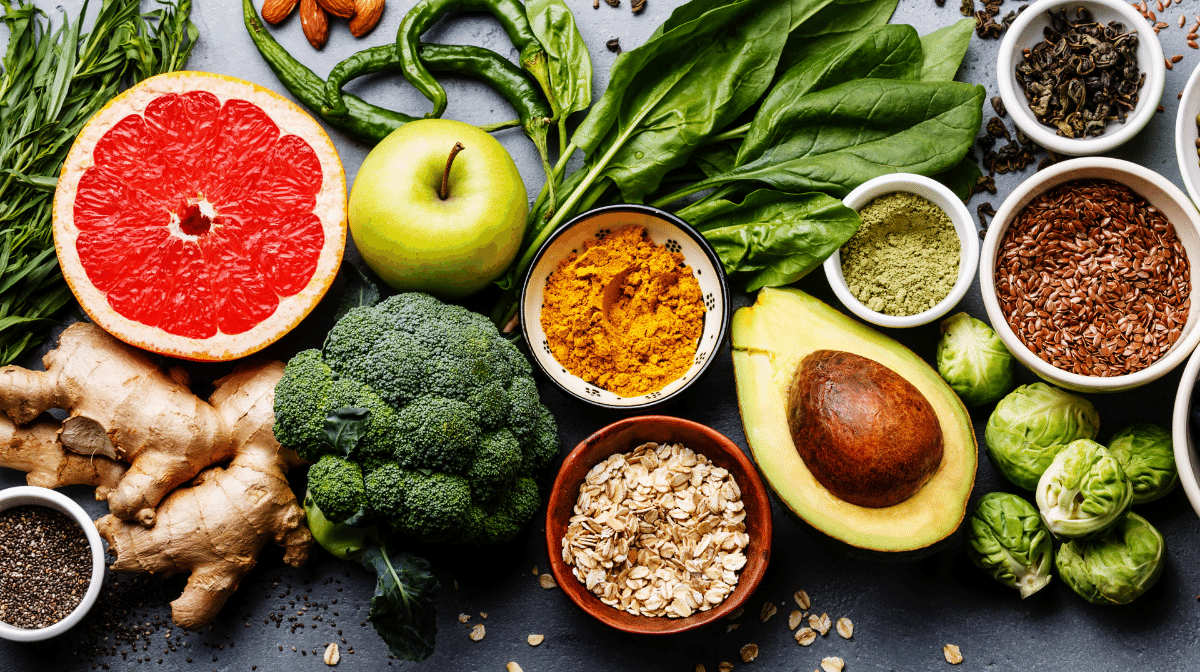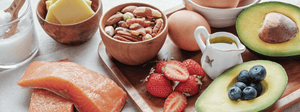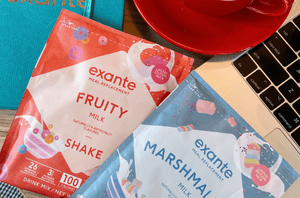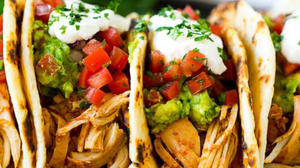
Admit it. When given a choice between a Cheeto and a carrot stick, most of us will — or deep down would really like to — choose the chip.
When we’re shopping on an empty stomach in impulse mode, we’re more likely to buy a pizza than the fixins for a leafy green salad.
And while we’re being honest: the crispy chicken over the grilled, please.
So why does healthy food taste so nasty? I mean, shouldn’t we be inclined to prefer the food that’s good for us and that will help us survive?
Well, perhaps we are inclined to like nutritious food — but unhealthy food has developed a few unfair advantages. It’s engineered to taste extra good, and our taste buds are regularly conditioned by both internal and external factors to want it.
Let’s take a look...
Unhealthy Food is Like Cocaine
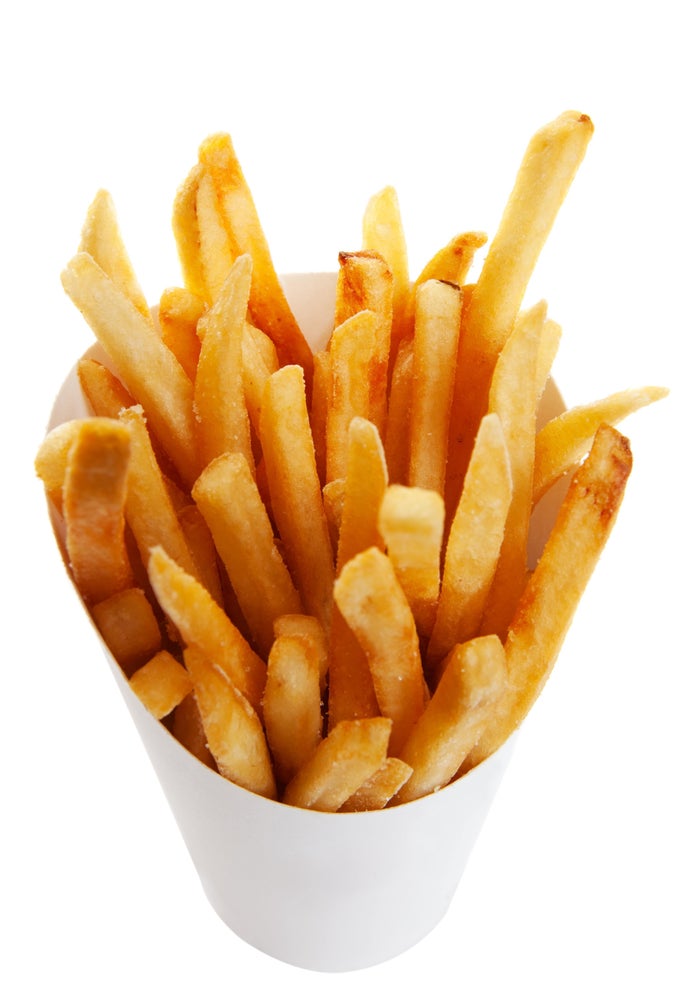
This is a problem because we cannot resist these ingredients. They light up the pleasure centers in our brain. While certain healthy foods that trigger serotonin may make us feel happy, nothing seems to compare to the drug-like effect we get from mass amounts of sugar, salt and fat. The more the merrier — at least at first.
A study conducted on lab rats found that eating fatty foods created a cocaine-like addiction in their brain. Electrodes monitoring brain activity showed them developing a tolerance to the pleasure they got from fatty foods, and thus they compulsively sought out higher and higher amounts.
Even in the face of pain (when choosing unhealthy food, the rats were given a shock) they flocked to it. They also became less inclined to eat nutritious food, even when nutritious food was the only thing available.
Might it be the same with humans? The more junk food we eat, the less sensitive we are to the subtler flavors of healthier foods? The more we need salt, fat and sugar in mass quantity?
Healthy Food Doesn’t Have a Marketing Budget
It’s also possible that what we find “tasty” is defined by outside influences. Fatty, salty, sugary cravings aside, we might prefer unhealthy food just because we’re told that we do.
Marketing professor and popular author Dan Ariely finds in his research that people’s preferences are easily influenced by situational factors. He gives the example of Tom Sawyer, who famously convinced a group of kids to help him paint a fence. He made it seem like he was having a blast, and suddenly they couldn’t wait to get in on the “fun” and do his work!
Marketers use the same art of spin to turn weird modified food items into things we crave. They make huge, dripping multi-patty burgers seem manly. They tell us “we’re lovin’” McDonalds and they invite us to twist open happiness in a bottle of Coca-Cola.
Just like the myth that junk food is cheaper than healthy food, marketers have planted a belief in many people’s heads that junk food is tasty and healthy food is gross. Sadly, when it comes to advertising dollars, the score is: junk food 1, healthy food 0.
Maybe You’re Eating the Wrong Healthy Foods
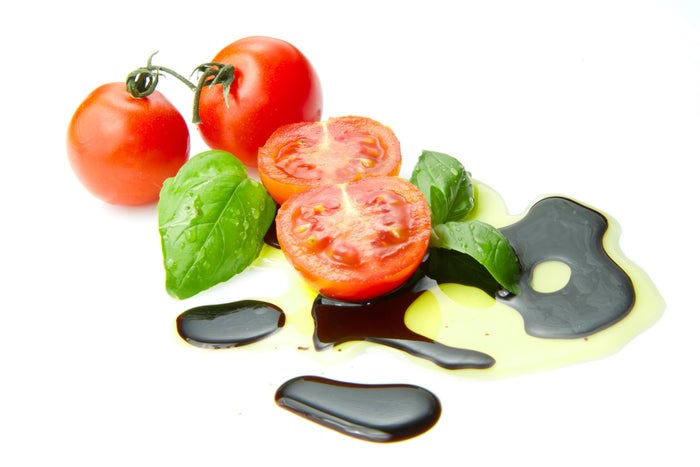
But still… I don’t know that carrots and green salads will ever light up the pleasure centers in my brain. I enjoy broccoli and beans and spinach, but I don’t crave them. And no matter how much plain oatmeal or 100% whole wheat bread I eat, I’ll probably always find them a bit nasty. (Just being honest.)
This is where healthy sources of the stuff our brain loves — sugar, fat and salt — come in. A sprinkle of feta, a drizzle of olive oil, a dash of salt… these can make veggies addicting. Some jam or honey with fruit makes oatmeal or yogurt delish.
“Food Rules” author Michael Pollan says there’s nothing wrong with airplaning healthy food into our mouths in the guise of tastier food that’s healthy in moderation. (see how else you can eat enough vegetables for weight loss)
A final thought… if you still find that most healthy food tastes nasty, you might not be eating high quality stuff. Organic, fresh, locally grown fruits and vegetables, grass-fed beef, and free-range chicken and eggs tend to taste especially vibrant and flavorful (much more than artificially enhanced foods).
Could that be nature nudging us in the right direction?
Why not take a look at our healthy and nutritious meal replacement shakes?

Related Articles

